Browse
Culture

Teaching
Japanese Immigrants, Internment Camps, and American Loyalty
This source collection focuses on the interviews and stories of first and second-generation Japanese Americans internment during World War II.
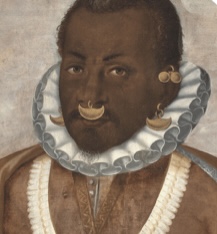
Review
Slavery, Law, & Power
This website encourages its users to dissect and reflect on how institutional slavery has shaped the Americas (with specific emphasis on the US) by examining documents from the pre-colonization to post-American Revolution.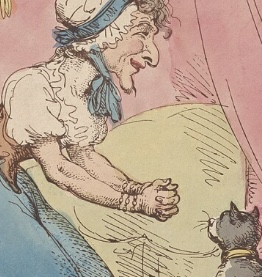
Review
Women Writers Project
This website is great for exploring the literary value that women provided through the Early Modern Period.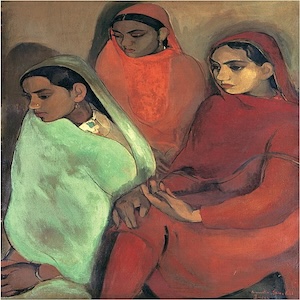
Source
Amrita Sher-Gil: Young Girls, Group of Three Girls
Group of Three Girls (1935), and Young Girls (1932) were created by th

Source
Apolitical Intellectuals/ Intelectuales Apolíticos
Otto Rene Castillo wrote the poem “Apolitical Intellectuals” in 1967 in response to the Guatemalan Civil War, which lasted from 1960-1996.
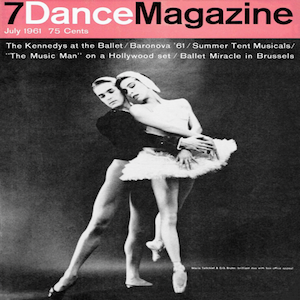
Source
Maria Tallchief in Dance Magazine, 1961
This 1961 Dance Magazine cover depicts a photograph of ballet dancers Maria Tallchief and Erik Bruhn.
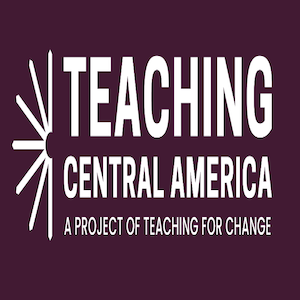
Review
Teaching Central America
Teaching Central America provides educational materials for K-12 educators with the goal of centering Central American history and culture in primary and secondary classrooms.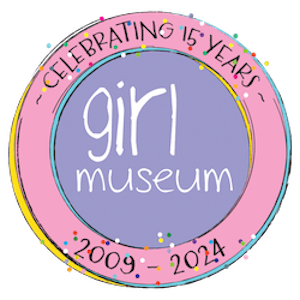
Review
Girl Museum
The Girl Museum makes important interventions by placing girlhood more squarely into the teaching of history, literature, culture, and arts on a global scale.
Review
Archives Portal Europe
This website presents records from dozens of countries, in over 20 languages, and from around 7000 diverse archival institutions total including the national archives of dozens of countries and other smaller institutions.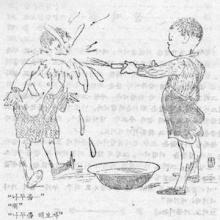
Teaching
Source Collection: Korean Colonial-Era Children’s Literature
Children's literature can reveal a great deal about the time and place in which it was written. These stories from Korea published in 1946 provide insights into ideas about childhood, play, gender, family and even national identity the newly independent and not yet divided nation.